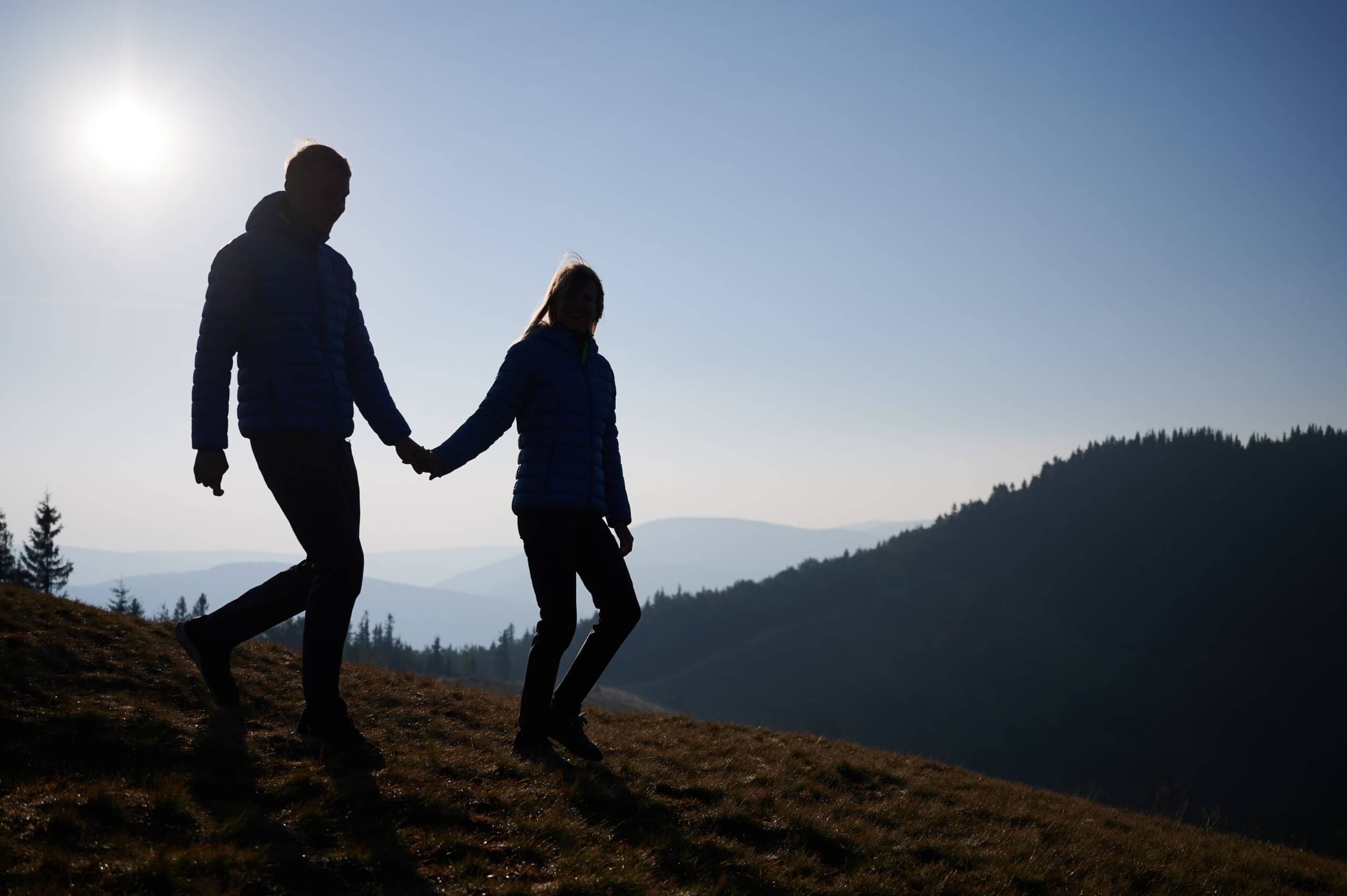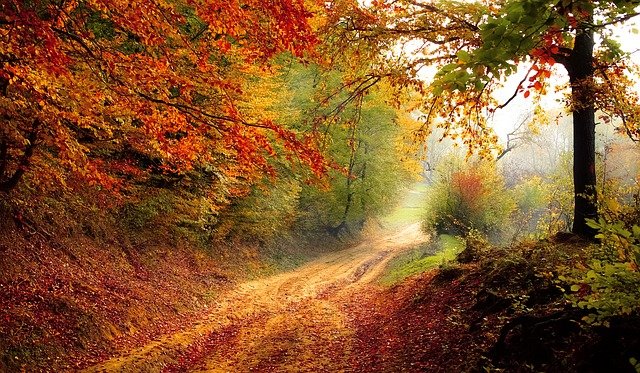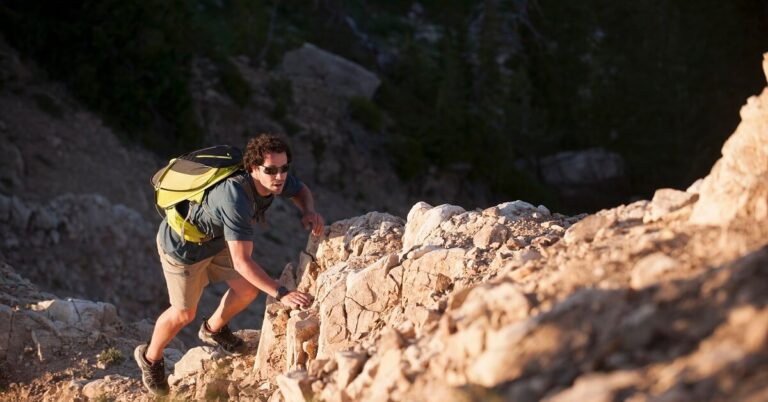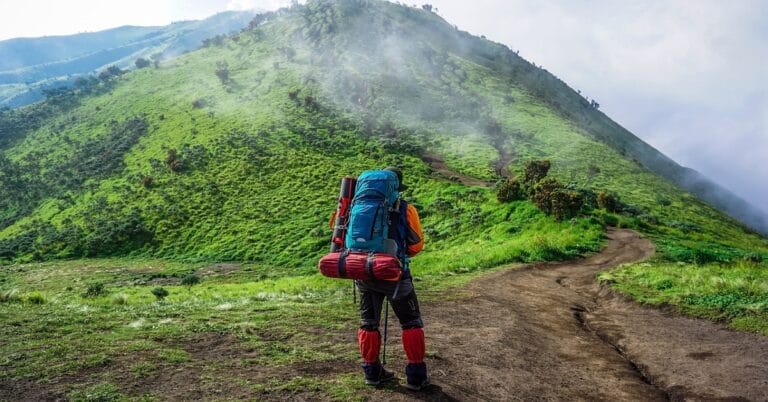KNEE PAIN WALKING DOWNHILL?
The downhill slope of a hike can cause knee pain in many hikers. This is because when hiking downhill, the knees are bent more than when hiking uphill, and this can put excess stress on the knee joint.
Additionally, the downhill slope can cause the foot to strike the ground with more force, which can also lead to pain in the knees. To avoid this, it is important to take breaks when hiking downhill, and to walk with a slower pace than usual.
Additionally, it is also important to wear supportive shoes that will help protect the knees from the impact of each step.
Another common cause of knee pain in hikers is overuse. This can occur when a hiker does not take enough breaks, or when they hike for too long of a distance.
Additionally, overuse can also occur when a hiker does not warm up properly before starting their hike. To avoid this, it is important to take breaks often and to warm up the muscles before starting a hike. Additionally, it is also important to gradually increase the distance of hikes over time.
HOW I PREVENT KNEE PAIN WHEN HIKING DOWNHILL

Knee pain can also be caused by injuries. Hikers may suffer from ACL tears, meniscus tears, or patellar tendinitis. These injuries can occur from falling, from twisting the knee, or from impact while hiking.
To avoid these injuries, it is important to use proper form when hiking, and to be aware of the surroundings. Additionally, it is also important to wear supportive shoes and to use trekking poles when hiking.
Knee pain can be a serious problem for hikers, but there are ways to prevent it. By taking breaks, wearing supportive shoes, and using proper form, hikers can avoid most causes of knee pain. However, if pain does occur, it is important to seek medical help immediately.
When hiking downhill, it is important to protect your knees. One way to do this is to use hiking poles. This will help take some of the pressure off of your knees. You can also wear knee pads to help protect your knees.
If you are going to be hiking downhill for a long distance, it is also a good idea to take breaks. Walking downhill for a long period of time can be hard on your knees and can even lead to injuries. Be sure to take plenty of breaks and to stretch your legs often when hiking downhill.
When hiking uphill, it is important to watch your step. Slippery or uneven terrain can easily lead to a fall. Be extra careful when hiking uphill and take your time. It is also a good idea to use hiking poles when going uphill.
Be sure to drink plenty of water when hiking, no matter what the terrain is like. It is easy to get dehydrated when hiking, especially if it is hot outside.
Be sure to carry enough water with you and to drink often. If you start to feel thirsty, be sure to stop and drink some water. It is also a good idea to bring along some snacks and to eat often when hiking. This will help keep your energy up and will help you avoid getting hungry.
Hiking can be a great way to get some exercise and to enjoy the outdoors. However, it is important to be safe when hiking. Be sure to follow the tips above to help you stay safe on the trail.
How do I prepare my knees for downhill hiking?

When downhill hiking, your knees take on extra stress which can lead to pain or injury if they are not properly prepared. Here are a few tips to help you get your knees ready for the hike:
- Start by gradually increasing your mileage in the weeks leading up to the hike. This will help your body adapt to the added stress and reduce the risk of injury.
- Make sure to stretch your legs thoroughly before starting the hike. This will help warm up your muscles and prevent cramping later on.
- Use trekking poles when hiking downhill. This will take some of the stress off of your knees and help you maintain balance.
- Wear proper footwear that provides support for your feet and ankles. This will help reduce the risk of rolled ankles and other injuries.
By following these tips, you can help prevent knee pain and injury on your next downhill hike.
TREATING KNEE PAIN AFTER HIKING
There are a few things you can do to help ease knee pain after hiking. One is to ice the area, which can help reduce inflammation.
You can also take over-the-counter pain medications, such as ibuprofen, to help reduce any pain or inflammation you may be experiencing.
Finally, you can try using a compression bandage on the affected area to help reduce any swelling. If you find that your knee pain is severe or does not improve after a few days, it is important to seek medical attention from a doctor or orthopedic specialist.
Related content:






